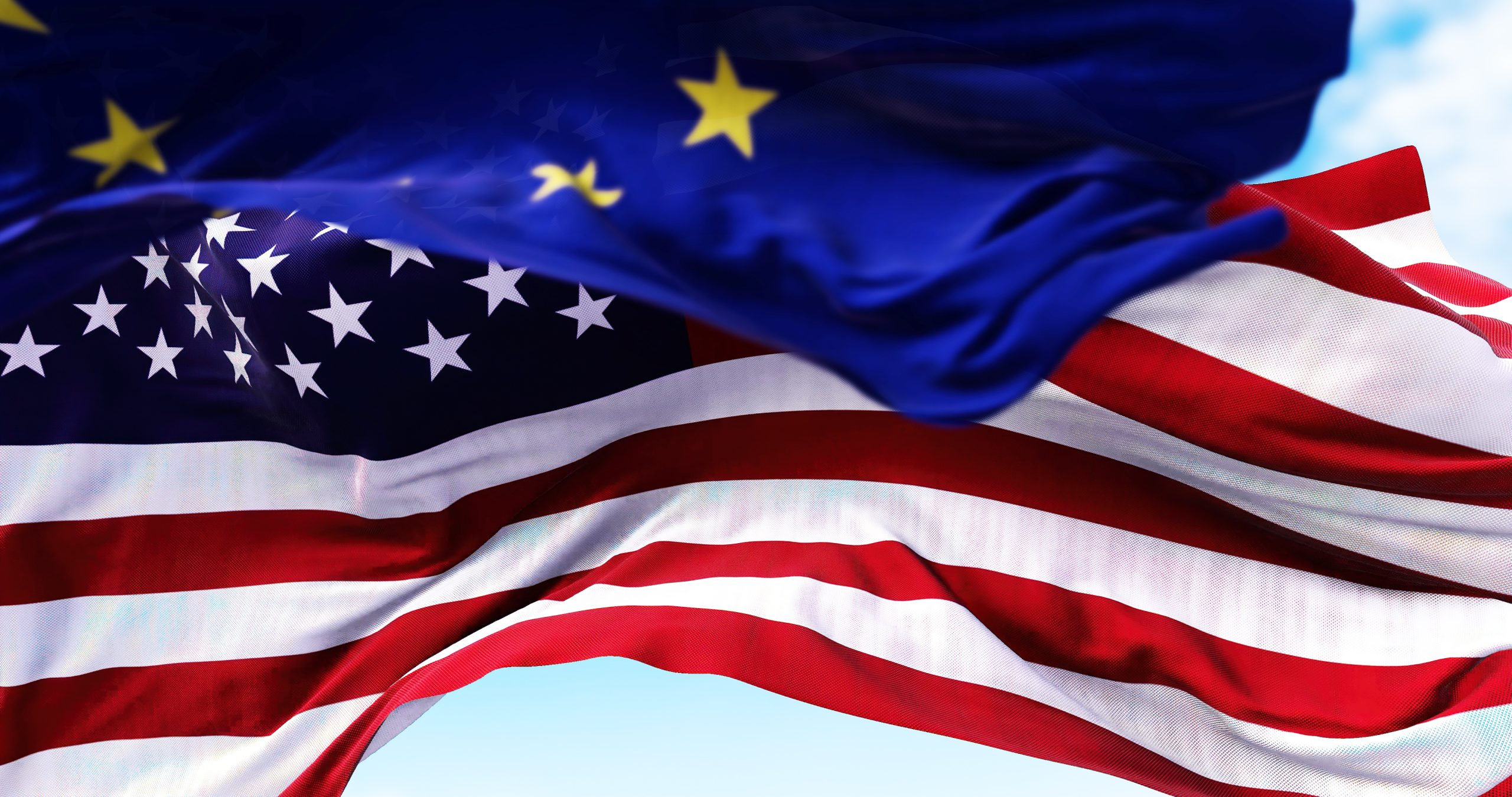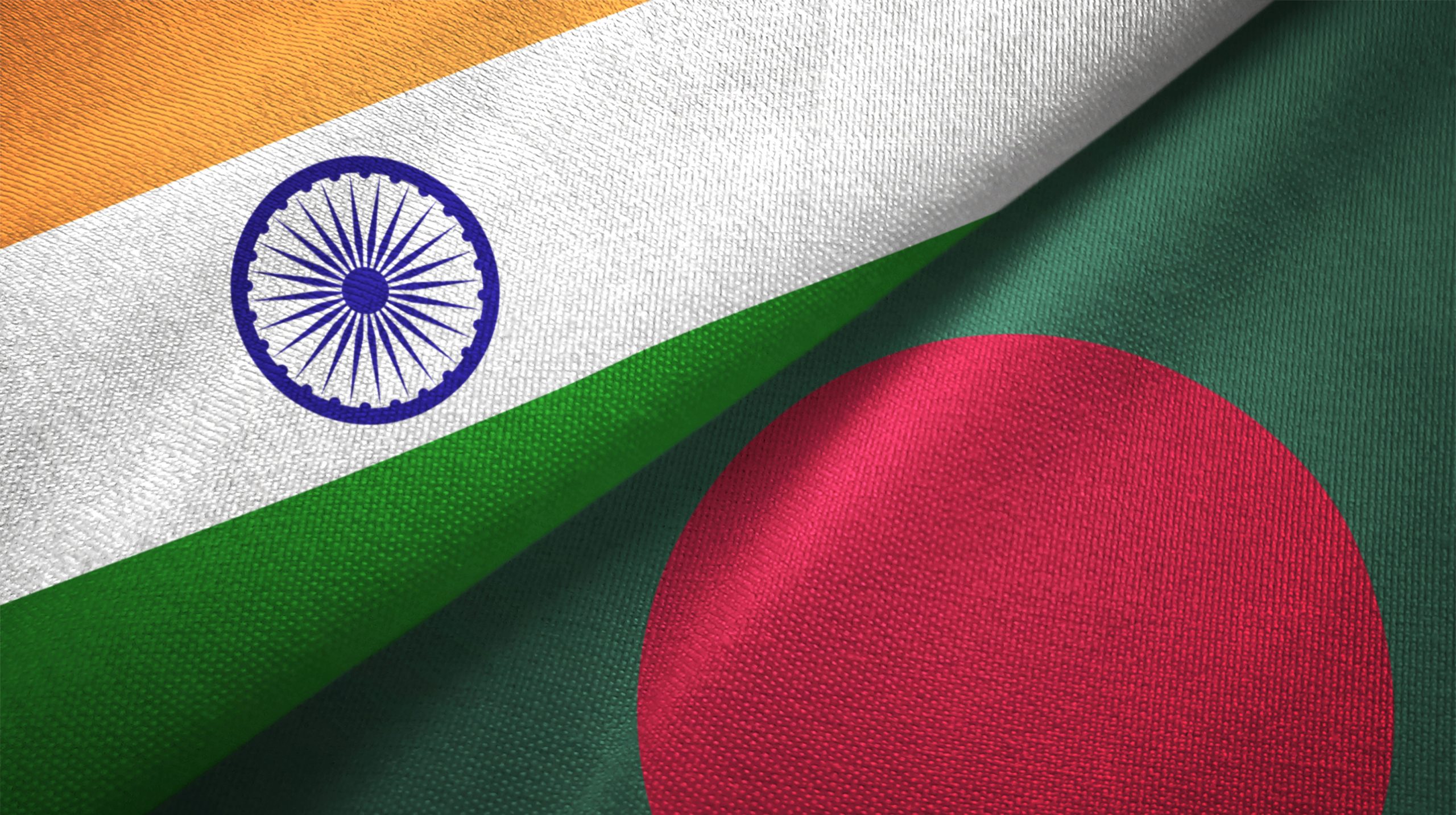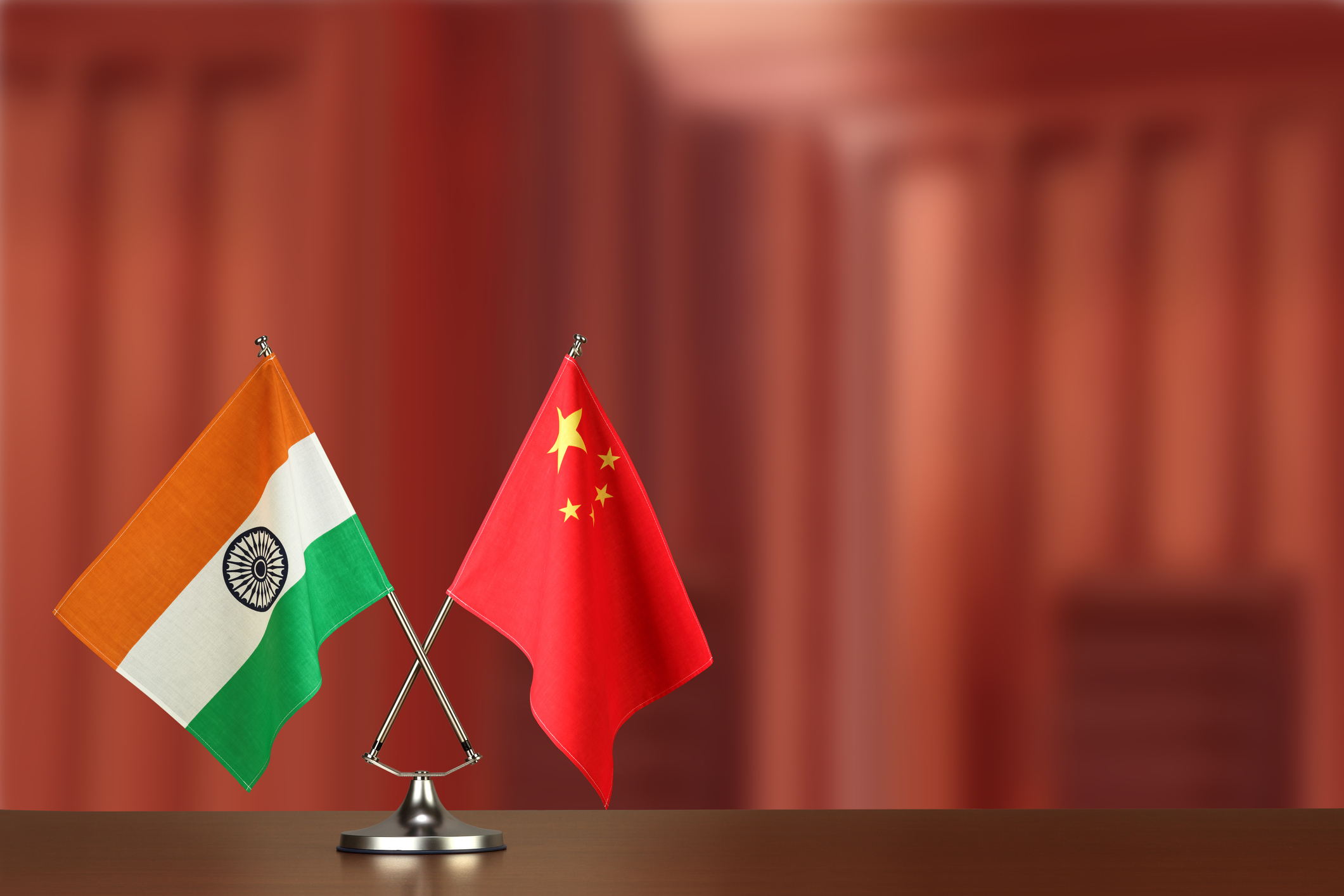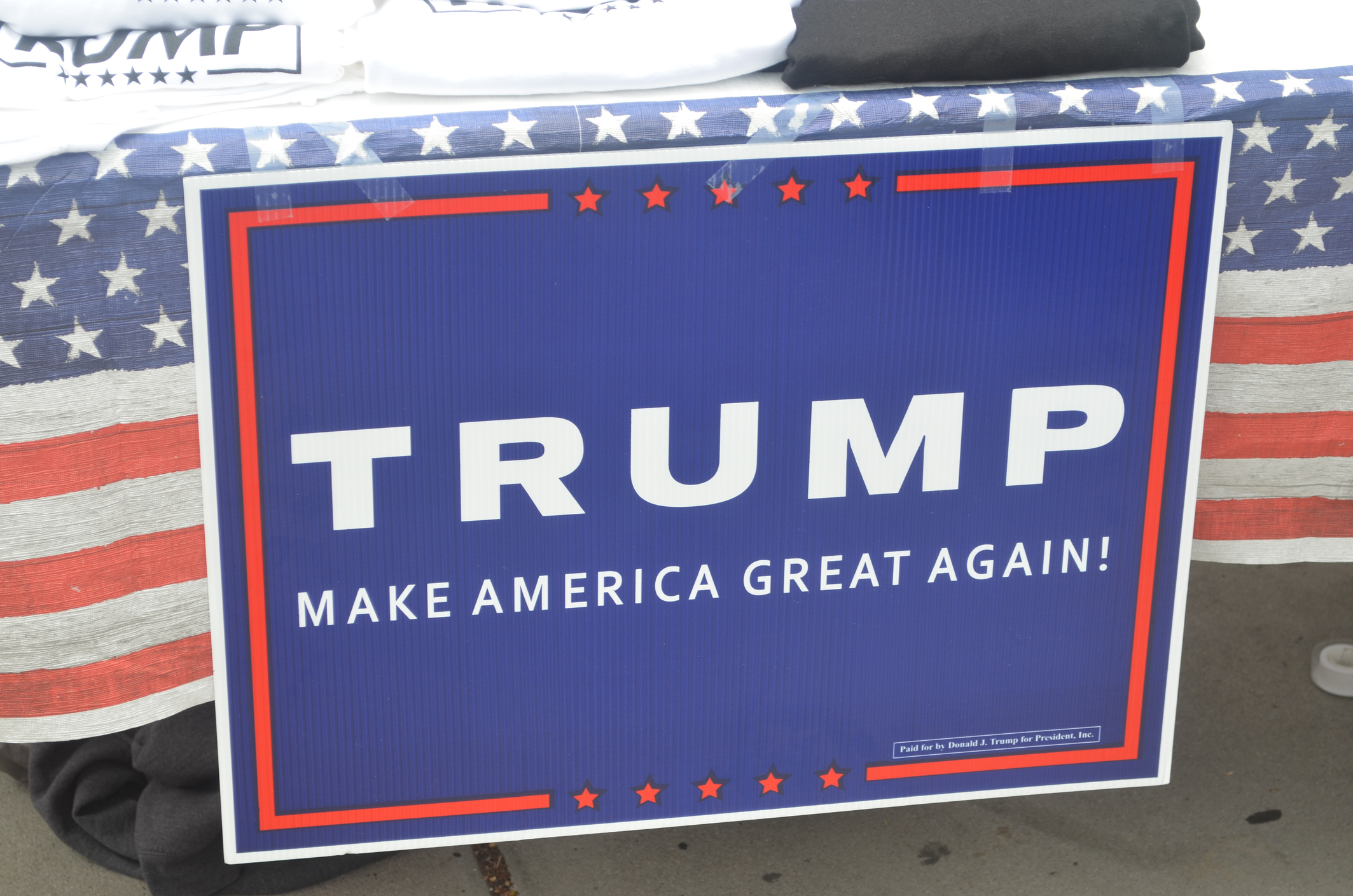
THE WORLD ON AN EDGE

Geopolitics is entering one of its most eventful, perhaps dangerous decades, ever. A tense world is growing increasingly rivalrous. The intensifying Sino-American contest could well boil over. If 2014 saw the advent of the pre-war era, what might 2024 signify? Could elections in Taiwan (Jan 24), India (May 24) and the USA (Nov 24), be useful distractions for China to up the ante? Is the fight between the two Vladimirs in Ukraine a mere side show, or a precursor for even more cataclysmic events to follow? Will the Israel-Hamas conflict lead to a war-torn Middle East, could it spillover to other theatres as well? The proverbial Asian century could be at risk.
Other transitions are afoot, as well. The world is mounting a serious challenge to American primacy and the singularity of its hegemony. Displacement anxiety is gripping the United States in unprecedented ways. Asian elites, schooled in the American/Western university system, are combining its unique gifts – reason, rationality, logic and free-spirited thinking with homegrown civilizational wisdom to propel their societies (Japan, Vietnam, China, India, Indonesia, Korea & Singapore) to even higher vistas of productivity and progress. If the steadily improving Chinese quality of mind/productivity attains a productivity level of even 25% of the average American mind, the Chinese economy will exceed the American economy in nominal terms. In the most competitive human laboratory in the world, the US, Indians are the ethnic group with the highest median household income (roughly $100,000). If Indians in India could achieve half the median household income of Indians in the US (say, $50,000), India would have a $20 trillion economy, about the size of the US today. Now, these mathematical/economic metrics do not always convert into precise outcomes, but they are indicative of possibilities. The wisdom (some say deception & trickery) of ‘hide and bide’ has enabled the Chinese to draw level/surge ahead of the Americans across numerous measures of power and influence – economic, technological, military, critical minerals, global trade, FTAs and innovation.
China’s cup of economic woes notwithstanding, the fact remains that its industrial capacities (estimated at 7 TD) exceed those of USA, Japan and Germany put together. If Globalisation 2.0 is to be driven by AI, EVs, Synthetic Biology, Alternate Energy, Lithium, etc. China could once again have the edge. The American military is failing to underwrite American foreign policy with unerring regularity – in many of the conflicts of the recent past (Iraq, Afghanistan, Syria, Ukraine and now even the Middle East) – the American military has either failed to deter, or victory has proved elusive. In terms of sheer ability to convert available economic surpluses into diverse metrics of hard power, the CCP & the PLA do not seem to have a peer. Having studied carefully, the fall of the Soviet Union, the CCP/PLA have devised ingenious ways to add military muscle, without overly spiraling costs. It would be a mistake therefore to dismiss China in stock phrases – an autocracy with a fundamentally flawed political system & an economic bubble that is about to burst, et al; despite its many deep troubles, numerous pointers suggest that the locus of Chinese power continues to be strong – it remains a meritocracy that could emerge as the numero uno in the ensuing decade.
New divides seem to be emerging, with the world metamorphosing into the Global West (USA led allies and partners, about 50 countries, the rule setters), the Global East (China led challengers of the existing world order, about 20 countries) and the Global South (120 odd countries like India, Saudi Arabia, the source of 60% of global growth and powerful arbiters in the ensuing contest between the Global West & the Global East). While America will continue to be a formidable, vibrant, prosperous society and a power of great consequence, it is also a comeback nation which has bounced back many times in the past; on current evidence, it does seem that it will have to increasingly share the global spoils (wealth, trade & other metrics of power & influence) with other contenders, most notably, China and India. Hereon, the global space that the Americans have diligently carved out for themselves to include size of GNP, will only shrink. What should also be worrying is that many from the Global South are pivoting to the Global East, and not the Global West.
In the wider realm of balance of power, America’s freedom to roam the globe as the unrivalled hegemon is being challenged not only in the European theatre but also in the Western Pacific. The challenge to the dollar is part of the broader piece of undermining American military power, because it is the exorbitant privilege bestowed by the dollar that enables the funding of eleven aircraft carriers & 850 odd American military bases across the world. In any case, while even at its peak the Soviet economy never exceeded 40% of the American economy; the Chinese economy is already more than 70% of the size of the American economy. Now that America’s debt servicing needs (1 trillion dollars) exceed its military budget (950 billion dollars), America may not have the fiscal leverage to re-create the military lead; its capacity to deter two regional (potential) hegemons concurrently, in two different geographic theatres is definitely suspect.
The outcome of a possible military challenge about Taiwan will of course be critical – it will validate America’s ability to project power into the Western Pacific as also test its commitment to partners and treaty allies.
So, where will equilibrium lie? In the changing power milieu, USA & China must accept the new realities and make strategic adjustments to ensure a decent peace. `
What should India do? While a Unipolar World may clearly be a thing of the past, a China dominant Unipolar Asia, will be worse for the Indian national interest. So, various facets of our strategic autonomy are being challenged like never before. Our grand strategic response could devolve around four lines of effort:
Strengthening Strategic-Military Deterrence (a series of measures, initiatives and upgrades to secure India against possible Chinese aggression autonomously)
Balancing the Sino-US Rivalry by helping to create an Indo-Pacific détente of sorts (in the China-America-India triangle, India may not be as powerful, yet it has great heft in tilting the balance as a strategic sheet anchor of sorts), profiting from, making the most of Chinese exclusion / de-risking by skillfully leveraging emerging technologies to attain salience in what is increasingly becoming a Techno-Polar World.
Disclaimer
The opinions expressed in this article are the author’s own and do not reflect the views of Chanakya Forum. All information provided in this article including timeliness, completeness, accuracy, suitability or validity of information referenced therein, is the sole responsibility of the author. www.chanakyaforum.com does not assume any responsibility for the same.
Chanakya Forum is now on . Click here to join our channel (@ChanakyaForum) and stay updated with the latest headlines and articles.
Important
We work round the clock to bring you the finest articles and updates from around the world. There is a team that works tirelessly to ensure that you have a seamless reading experience. But all this costs money. Please support us so that we keep doing what we do best. Happy Reading
Support Us





















POST COMMENTS (0)